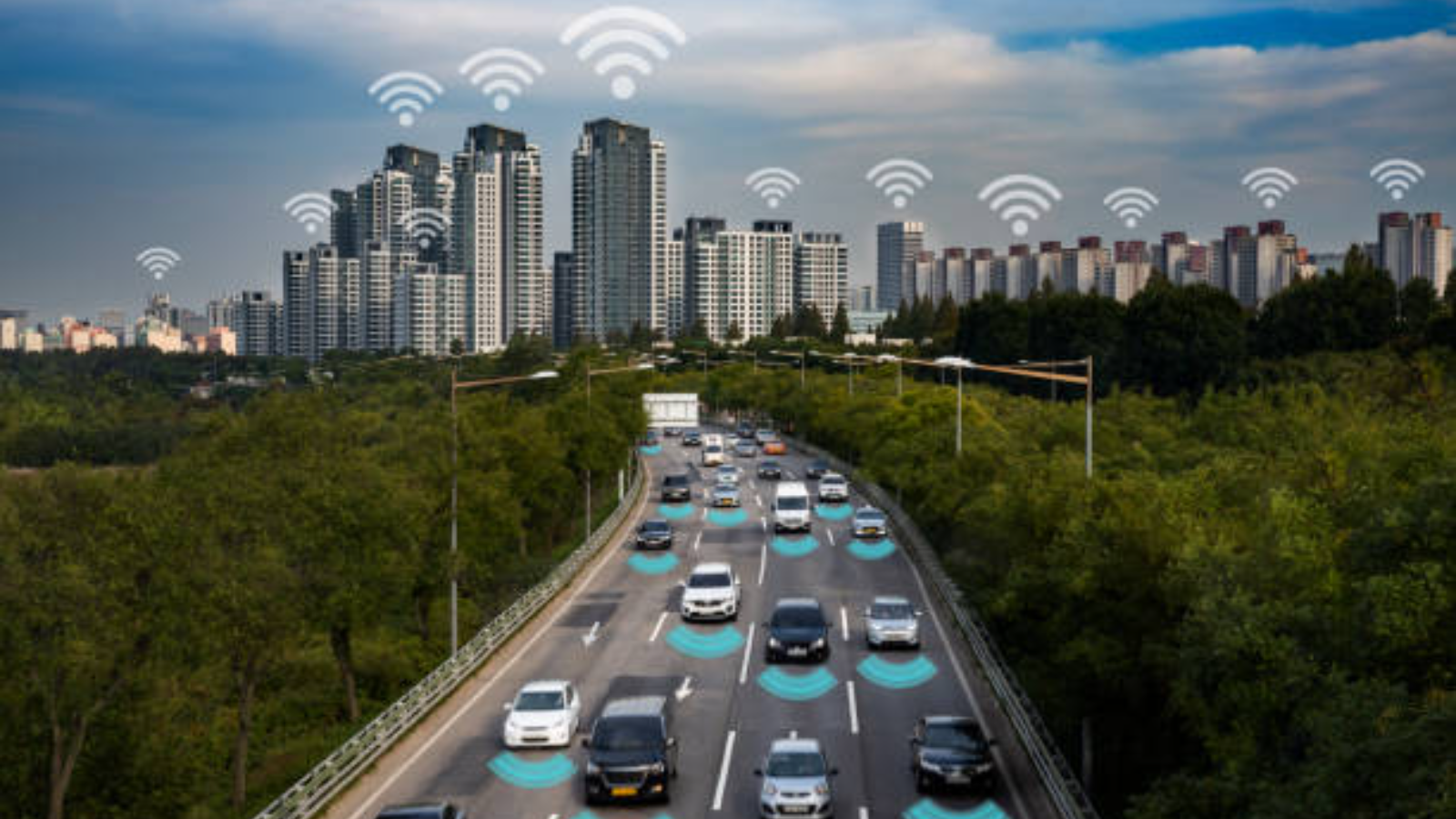In this Article
Introduction
As urban populations continue to swell, the concept of “smart cities” has emerged as a transformative solution to enhance the quality of urban life. Smart city technology leverages the power of the Internet of Things (IoT), artificial intelligence (AI), and big data to create more efficient, sustainable, and livable urban environments.
This article delves into the top 4 examples of smart city technology, illustrating how these innovations are reshaping our cities for the better.
Examples of Smart City Technology
Smart cities are defined by their ability to integrate technology into urban infrastructure to optimize resources, improve services, and enhance the overall urban experience. The benefits of smart city technology are manifold, ranging from reduced energy consumption to improved public safety and better transportation systems. Here are the top 4 examples of smart city technology making waves today:
1. Intelligent Transportation Systems
Intelligent Transportation Systems (ITS) are revolutionizing urban mobility by employing advanced technologies to manage traffic flow, reduce congestion, and enhance public transportation.
- Smart Traffic Lights: These systems use real-time data to adjust traffic signal timings, reducing wait times and minimizing traffic jams. By analyzing traffic patterns, smart traffic lights can optimize the flow of vehicles, leading to smoother commutes and reduced emissions.
- Connected Public Transport: IoT-enabled buses, trains, and trams provide real-time information to commuters, such as arrival times and seat availability. This data-driven approach not only enhances the passenger experience but also allows for more efficient fleet management.
- Autonomous Vehicles: Self-driving cars and shuttles are becoming a reality in many cities. These vehicles use sensors, cameras, and AI to navigate streets safely, reducing the risk of accidents and offering a glimpse into the future of urban transportation.
2. Smart Energy Management
Energy efficiency is a cornerstone of smart city initiatives. By leveraging technology, cities can reduce their carbon footprint and promote sustainable living.
- Smart Grids: These advanced electrical grids use digital communication technology to monitor and manage electricity usage in real-time. Smart grids can detect and respond to changes in energy demand, ensuring a reliable supply while minimizing waste.
- Renewable Energy Integration: Smart cities are increasingly incorporating renewable energy sources such as solar and wind power. Advanced energy storage systems and microgrids allow for efficient distribution and utilization of renewable energy, reducing reliance on fossil fuels.
- Energy-Efficient Buildings: IoT-enabled sensors and smart meters are used to monitor and control energy consumption in buildings. Automated systems adjust lighting, heating, and cooling based on occupancy and weather, achieving significant energy savings.
3. Smart Waste Management
- IoT-Enabled Bins: Smart bins equipped with sensors can monitor waste levels in real time. When a bin is full, it sends a notification to waste management services, ensuring timely collection and reducing overflow and litter.
- Automated Waste Sorting: Advanced sorting systems use AI and robotics to separate recyclable materials from general waste. This not only increases recycling rates but also reduces the burden on landfills and minimizes environmental impact.
- Waste-to-Energy Technologies: Some smart cities convert waste into energy, reducing landfill use and generating renewable energy.
4. Public Safety and Security
Smart city technologies are enhancing public safety and security, making urban areas safer and more resilient.
- Surveillance and Analytics: Advanced surveillance systems equipped with AI and facial recognition technology can monitor public spaces for suspicious activities. Real-time analytics enable law enforcement agencies to respond swiftly to potential threats.
- Emergency Response Systems: IoT-enabled emergency response systems can quickly detect and respond to incidents such as fires, accidents, and natural disasters. These systems provide real-time information to emergency services, improving response times and coordination.
- Smart Street Lighting: Intelligent street lighting systems use sensors to adjust lighting based on pedestrian and vehicle movement, enhancing safety and reducing energy consumption by dimming lights in unoccupied areas.
Conclusion
The integration of smart city technology is transforming urban landscapes, making cities more efficient, sustainable, and livable. From intelligent transportation systems to smart energy management, waste management, and public safety, these innovations are addressing some of the most pressing challenges faced by modern cities. As technology continues to advance, the potential for smart cities to improve the quality of urban life is boundless.
How Can We Help?
The AlphaX ecosystem is at the forefront of smart city technology, offering innovative solutions to address the challenges discussed in this article. Our platform provides a comprehensive suite of tools and services designed to enhance urban infrastructure and improve quality of life. Whether it’s implementing intelligent transportation systems, optimizing energy usage, or enhancing public safety, AlphaX has the expertise and technology to make it happen.
To learn more about how AlphaX can help your city become smarter and more sustainable, visit our contact page and get in touch with our team of experts.
References
Related Blog Posts
How Smart Cities Connect: Getting Started with Edge AI and IoT Technology
How to Get Started with Edge AI and IoT Technologies in Smart Cities: Overcoming Integration Challenges In recent years, the concept of smart cities has evolved from a futuristic Read More
5 Step Strategy: Ensuring Security and Privacy in 15-Minute Smart Cities
Introduction Ensuring security and privacy in 15-minute smart cities is a critical challenge as urban areas become increasingly connected through IoT and edge AI technologies. These cities aim to Read More
What is a smart city and the challenge of legacy systems
How to Get Started with Integrating Legacy Systems in Smart Cities Smart cities are transforming urban landscapes by leveraging technology to improve the quality of life for residents. However, Read More




